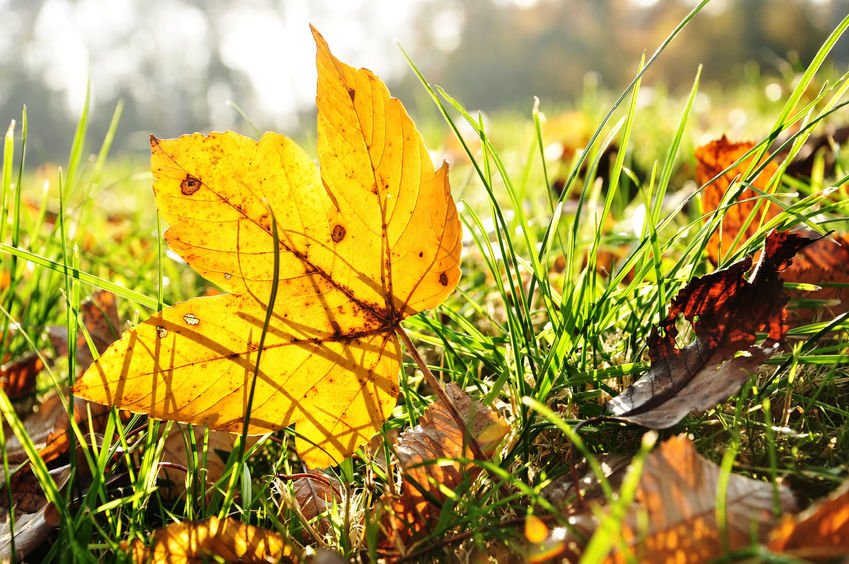Removing leaves correctly: When and why it is important in the garden
In autumn, colorful leaves cover gardens and lawns – a beautiful sight, but not always harmless. In some cases, it's essential to remove fallen leaves to prevent disease and damage to plants. Leftover leaves can be particularly problematic when infected with fungal infections or on the lawn. In this article, you'll learn when removing leaves is truly necessary and how best to go about it – for a healthy garden next spring, too.

Fungal infestation: Remove leaves
If a deciduous tree has been infected by a fungus in the summer, the fallen leaves should never be scattered around the garden or used for mulch. The leaves should also be carefully removed from under the affected tree, as otherwise the fungus can easily spread to other plants in the garden.
If there are many perennials or shrubs under the tree, we recommend using a hand rake. This allows you to gently and effectively remove leaves even from tight and sheltered corners.
Leaves on the lawn: risk of mold and rot
If autumn leaves lie thickly on the lawn, they should be removed as quickly as possible. Individual leaves aren't a problem, but a dense blanket of leaves blocks the grass from light and promotes moisture – ideal conditions for mold and rot. To keep your lawn healthy throughout the winter, regular raking or leaf vacuuming is recommended.








































































































